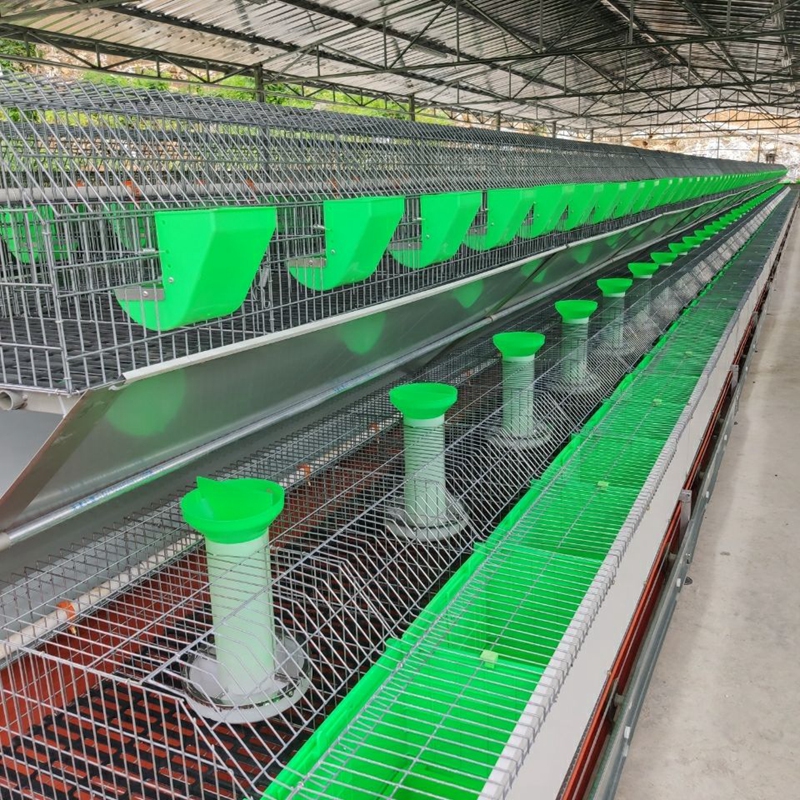poultry scalders
Dec . 04, 2024 09:59 Back to list
poultry scalders
Understanding Poultry Scalders The Key to Effective Processing
In the poultry processing industry, scalding is a critical step that significantly influences both the quality of the meat and the efficiency of subsequent processing stages. Scalders are specialized machines or systems used to immerse freshly processed poultry in hot water to loosen feathers before plucking. This article delves into the importance of scalders, their types, and best practices to optimize their operation.
The Importance of Scalding
Scalding serves several essential purposes in poultry processing. Firstly, it helps to detach feathers from the skin, making plucking easier and more efficient. If the scalding temperature and duration are appropriately managed, it allows for the removal of feathers with minimal damage to the skin, ensuring that the meat maintains its appealing appearance. Additionally, proper scalding can aid in the elimination of bacteria from the surface of the poultry, contributing to food safety standards.
Moreover, the scalding process assists in loosening the connective tissues and skin, thereby enhancing the overall quality of the meat. By making the skin more pliable, scalding also ensures a better presentation of the final product, which is critical in the competitive poultry market.
Types of Poultry Scalders
There are generally two types of poultry scalders used in the industry wet scalders and dry scalders
.1. Wet Scalders These are the most common type and involve submerging the birds in hot water. The water temperature typically ranges between 140°F to 160°F (60°C to 71°C), depending on the type of poultry and the intended processing speed. Wet scalders can either be batch-operated or continuous-flow systems. Continuous wet scalders are usually preferred in high-capacity processing plants due to their efficiency and ability to maintain consistent temperatures.
2. Dry Scalders In contrast to wet scalders, dry scalders use steam to loosen feathers without immersing the birds in water. This method allows for better control over the scalding temperature and can significantly reduce water usage, making it a more environmentally friendly option. While dry scalding can be effective, it is less common and often requires more sophisticated technology.
poultry scalders

Best Practices for Poultry Scalding
To ensure an effective scalding process, several best practices should be followed
1. Temperature Control Maintaining the proper water temperature is crucial. Too high a temperature can lead to skin damage and lower meat quality, while too low a temperature may not adequately loosen the feathers. Regular monitoring and adjustments to the scalding temperature and time are essential for optimal results.
2. Scalding Time The duration of scalding varies based on the size and type of poultry. Typically, scalding lasts between 30 seconds to 90 seconds. It is vital to find the right balance, as over-scalding can result in degradation of the skin and meat.
3. Water Quality Clean water is vital for effective scalding. Contaminants in the water can transfer to the poultry, posing food safety risks. Regular maintenance and filtration systems should be in place to ensure water quality.
4. Cooling System After scalding, poultry should be cooled rapidly to prevent bacterial growth. Implementing an effective chilling system can help ensure that the meat remains safe and suitable for consumption.
5. Training and Maintenance Operators should be well-trained in scalding techniques and equipment maintenance. Regular training updates can help keep staff informed about best practices, while routine maintenance of the scalding equipment can prevent downtime and ensure efficient processing.
Conclusion
Poultry scalders play an essential role in ensuring the quality and safety of processed poultry. Understanding the various types of scalders, their operation, and best practices can greatly enhance processing efficiency and final product quality. By prioritizing the scalding process, poultry processors can meet market demands for safe, high-quality meat while maintaining operational excellence. As technology continues to advance, the poultry industry will likely see further improvements in scalding methods, leading to better outcomes for processors and consumers alike.
-
Hot Sale 24 & 18 Door Rabbit Cages - Premium Breeding Solutions
NewsJul.25,2025
-
Automatic Feeding Line System Pan Feeder Nipple Drinker - Anping County Yize Metal Products Co., Ltd.
NewsJul.21,2025
-
Automatic Feeding Line System Pan Feeder Nipple Drinker - Anping County Yize Metal Products Co., Ltd.
NewsJul.21,2025
-
Automatic Feeding Line System - Anping Yize | Precision & Nipple
NewsJul.21,2025
-
Automatic Feeding Line System - Anping Yize | Precision & Nipple
NewsJul.21,2025
-
Automatic Feeding Line System-Anping County Yize Metal Products Co., Ltd.|Efficient Feed Distribution&Customized Animal Farming Solutions
NewsJul.21,2025






